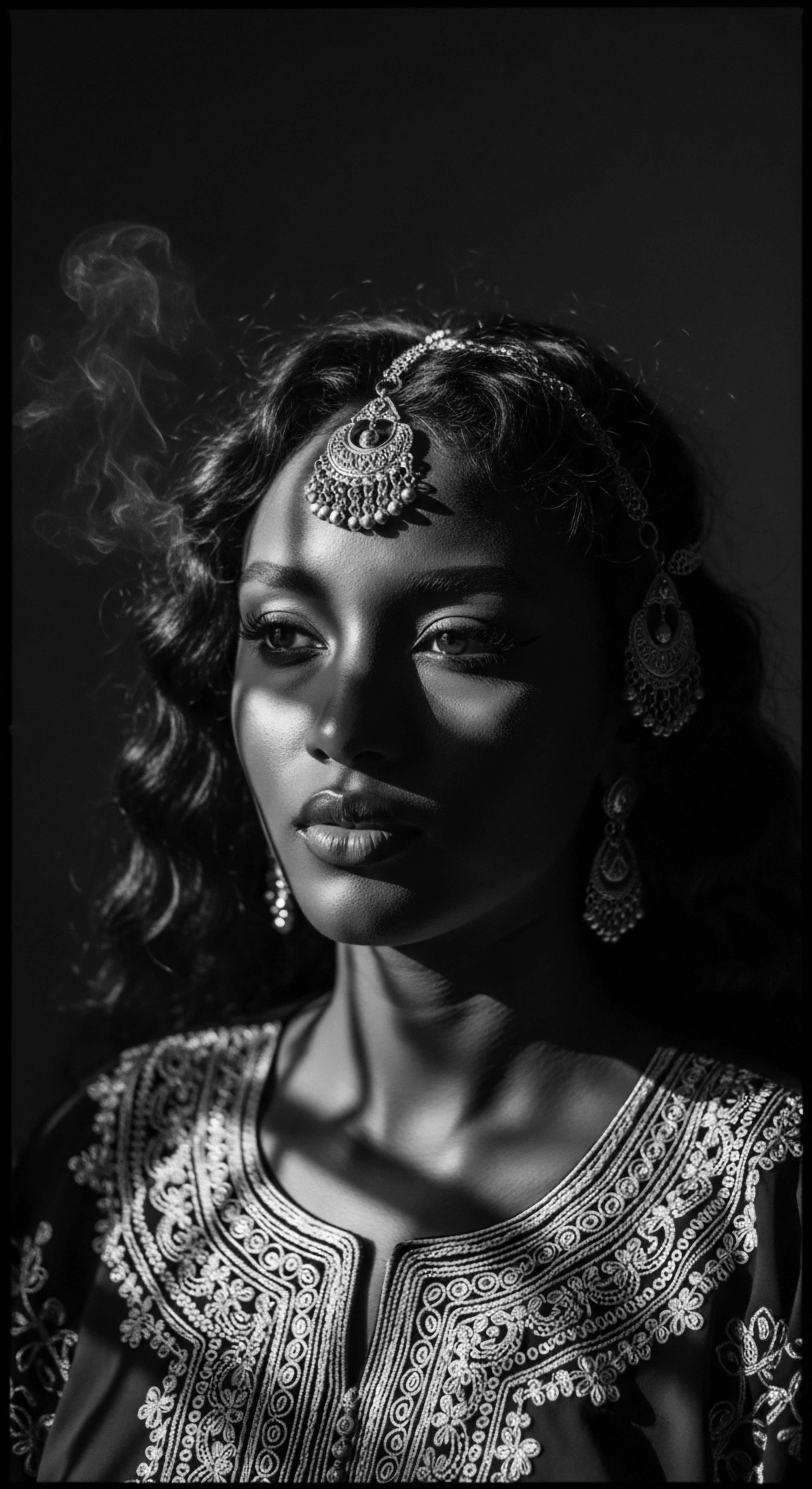
How do hair follicles vary in textured hair?
Textured hair follicle variations, from elliptical shapes to curved growth, are an inherited heritage influencing curl patterns and care needs.

How did textured hair’s biology influence ancestral care?
Textured hair's unique elliptical follicle shape and curl pattern necessitated ancestral care focused on moisture retention and protection, shaping a rich heritage of rituals and ingredients.

How does genetics shape textured hair?
Hair texture is shaped by inherited genes influencing follicle shape and protein distribution, linking directly to ancestral adaptations and care practices.

What is the biological reason for varied textured hair?
Varied textured hair stems from inherited follicle shapes and protein distribution, a biological legacy shaped by ancestral adaptation.

What is the biological significance of textured hair’s structure?
Textured hair's structure, from follicle shape to disulfide bonds, holds profound biological significance rooted in ancestral adaptation and cultural heritage.
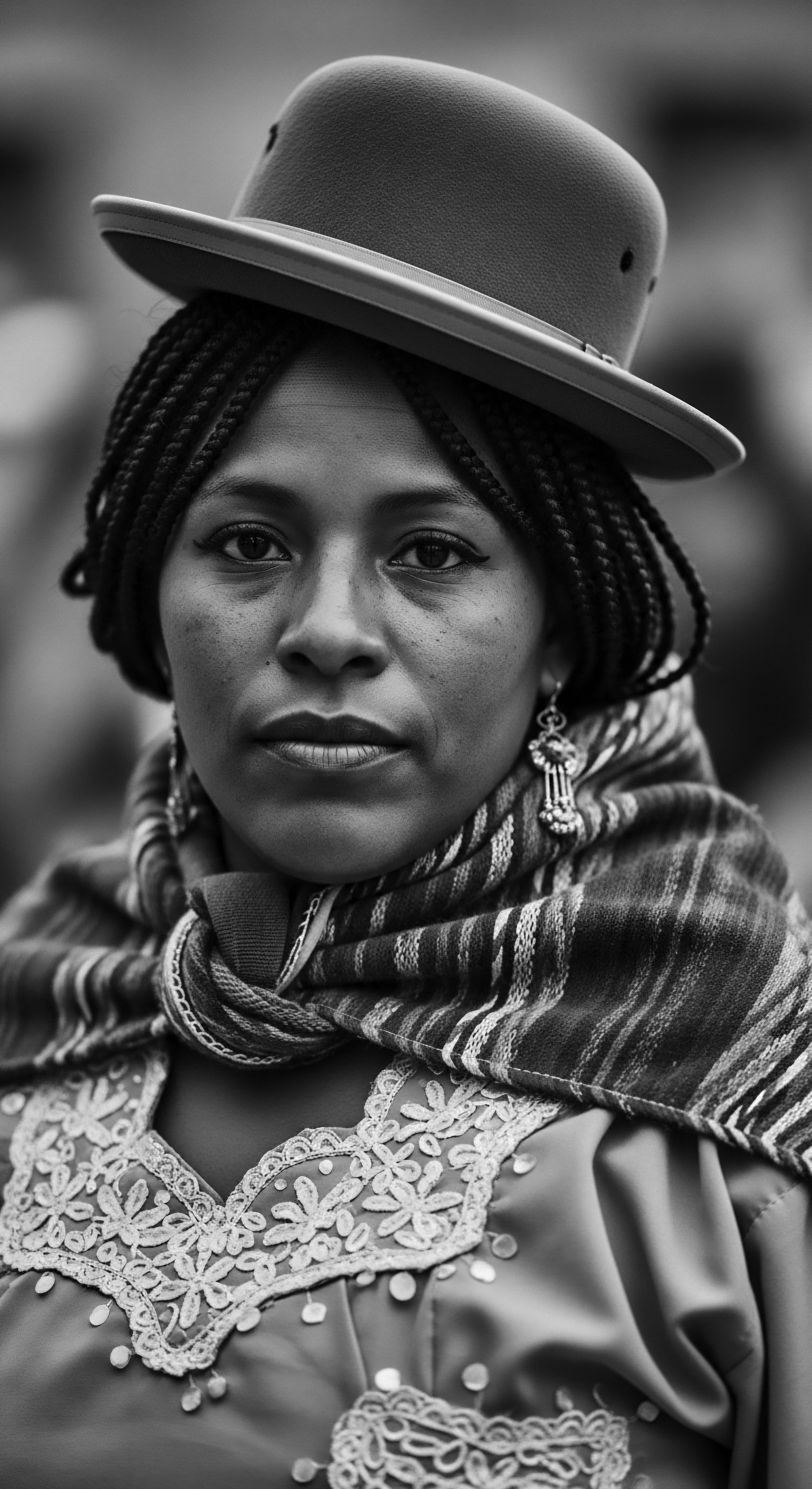
How does textured hair biology reflect human adaptation and ancestral environments?
Textured hair biology reflects human adaptation to ancestral environments, offering protection and serving as a heritage marker.

How does ancestral heritage shape hair?
Ancestral heritage profoundly shapes textured hair through genetic adaptations, historical care practices, and enduring cultural significance.
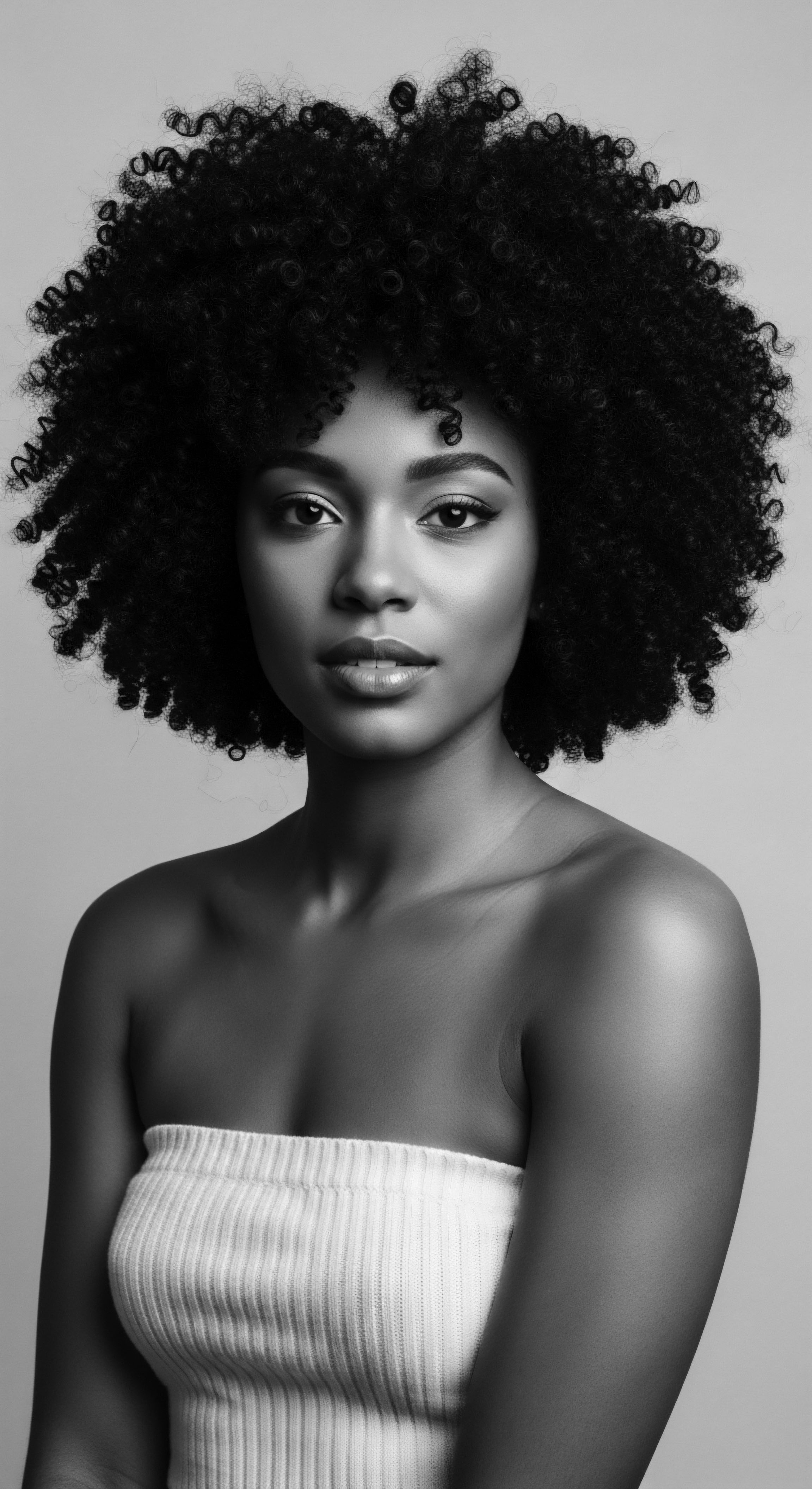
Coil Pattern Change
Meaning ❉ Coil Pattern Change describes an alteration in the hair strand's natural coiling, deeply connected to heritage and care practices.

Why do certain genes predispose textured hair to dryness?
Genes shape textured hair's structure, affecting how natural oils distribute and making moisture retention more challenging.

What is the biological heritage of textured hair’s resilience?
Textured hair’s resilience stems from its distinctive follicle shape, dense disulfide bonds, and ancestral care, embodying a rich biological heritage.
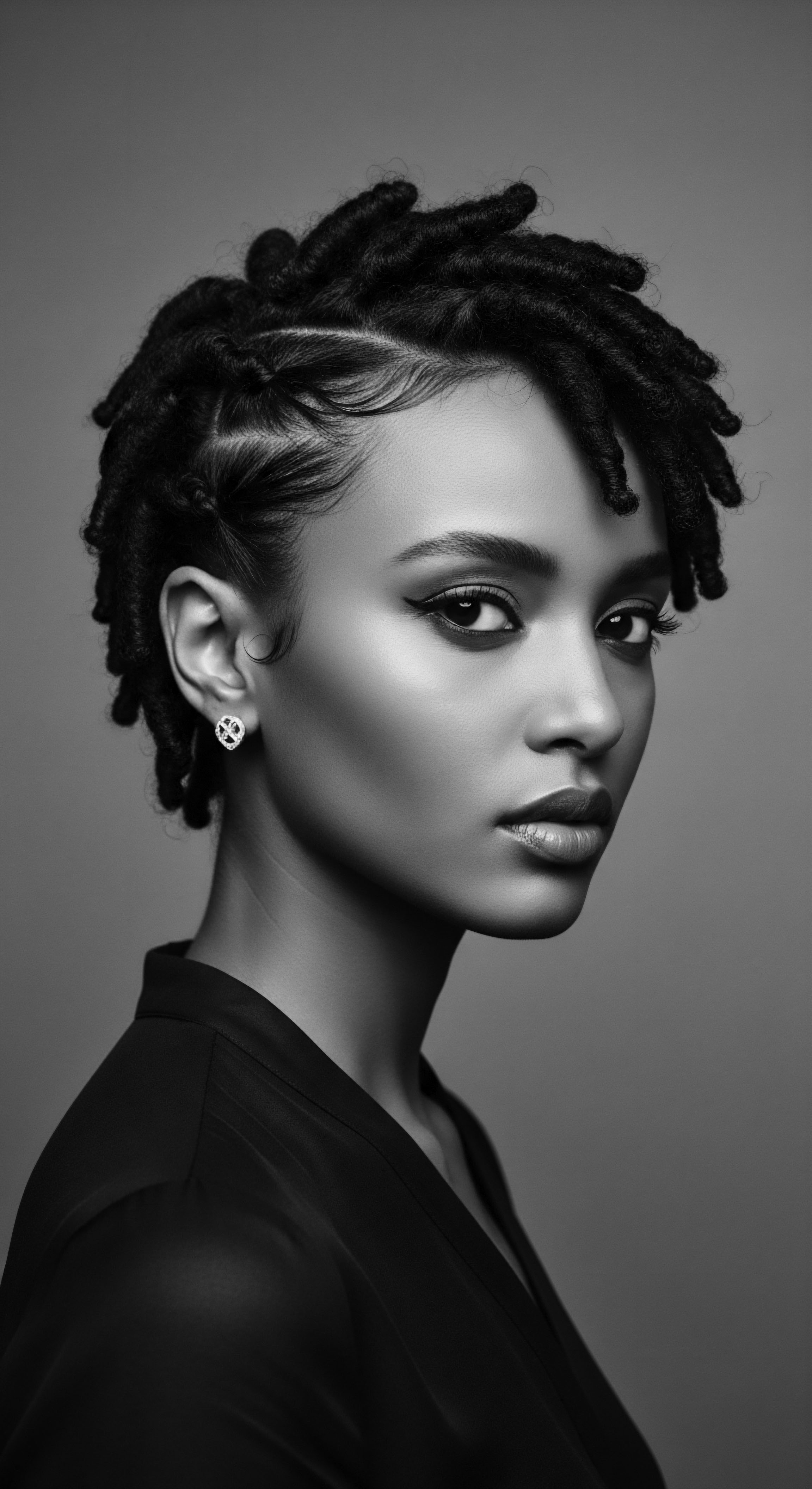
How does heritage inform our understanding of textured hair genetics?
Heritage provides a crucial framework for understanding textured hair genetics, revealing how ancestral adaptations and cultural practices deeply inform its biological makeup and optimal care.

How do specific genetic variations influence textured hair biology across populations?
Genetic variations influence textured hair biology across populations by shaping follicle structure, protein composition, and guiding ancestral care practices.

What is textured hair’s fundamental structure?
Textured hair's fundamental structure is its unique coiled form, stemming from an elliptical follicle, profoundly shaped by heritage.

How does the elliptical follicle shape impact traditional styling heritage?
The elliptical follicle shape is foundational to coiled hair's beauty and dictates historical styling heritage through its unique properties.
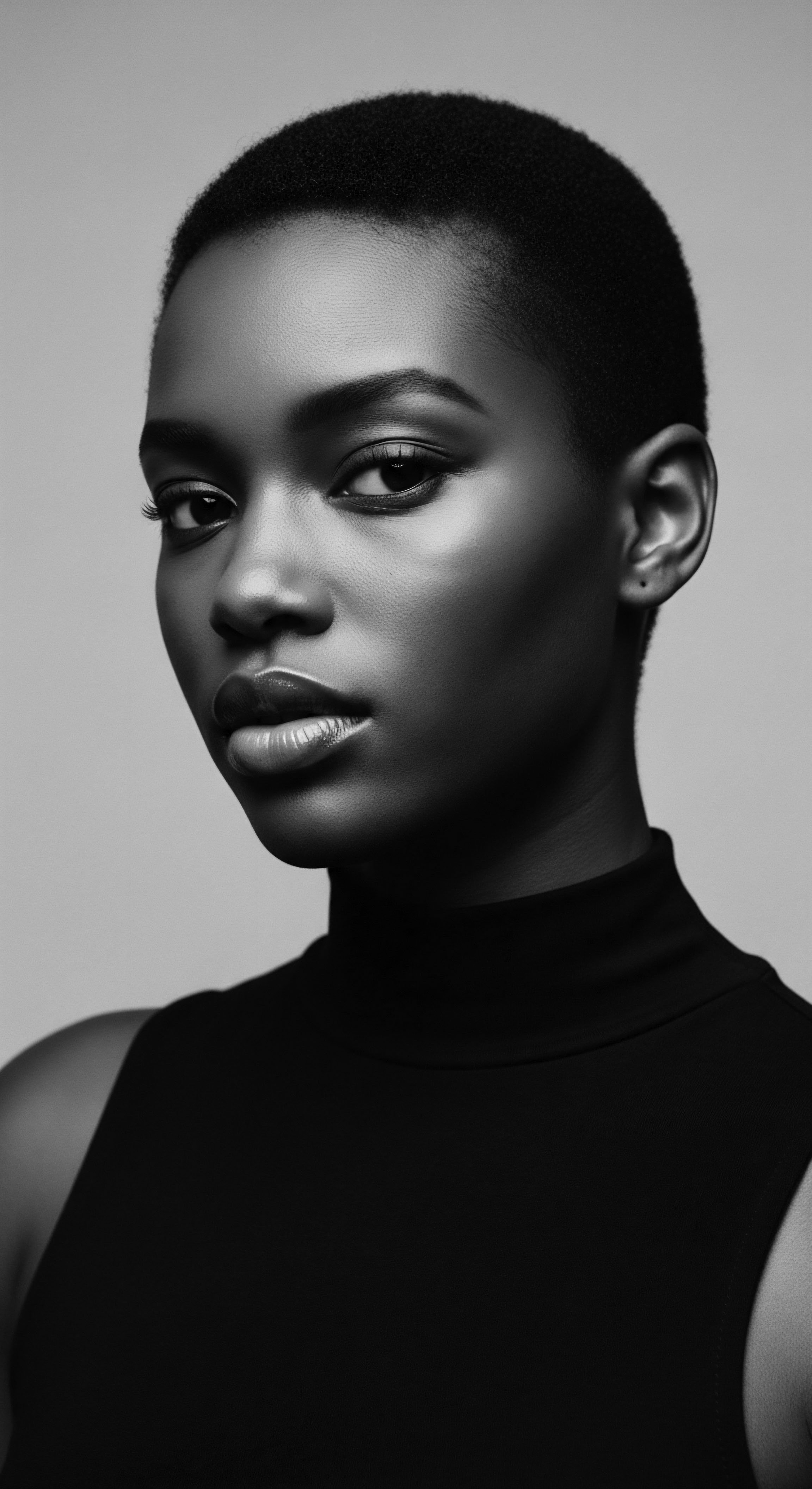
How do genes shape hair texture?
Genes determine hair texture through follicle shape and protein arrangement, reflecting ancient adaptations and cultural heritage.
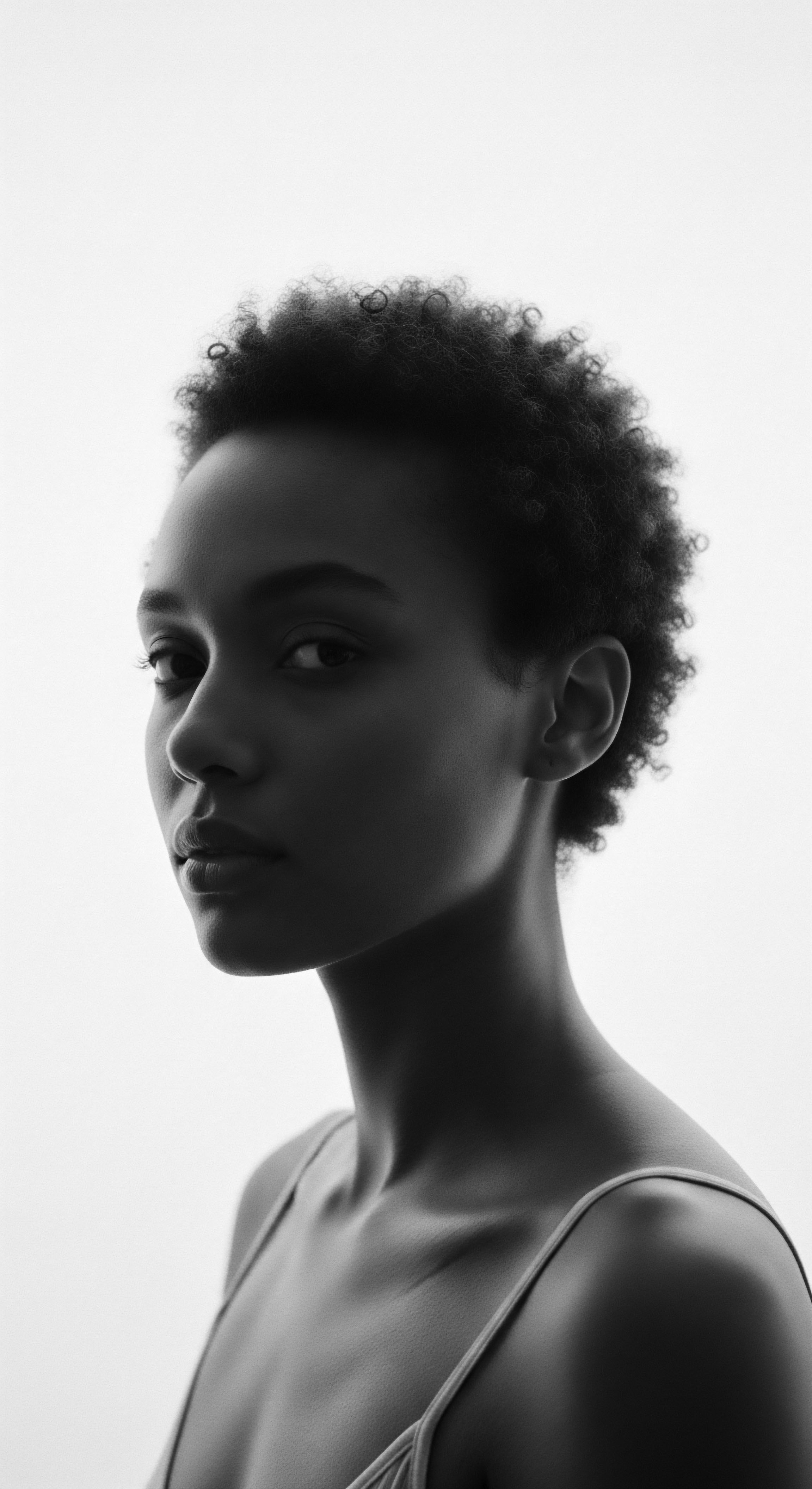
How do follicle shapes influence textured hair?
Follicle shape dictates textured hair’s curl pattern, a biological inheritance deeply interwoven with cultural heritage and ancestral wisdom.

What biological adaptations underpin textured hair’s endurance?
Textured hair's endurance stems from ancestral biological adaptations like coiled shape and melanin, vital for historical climate resilience.
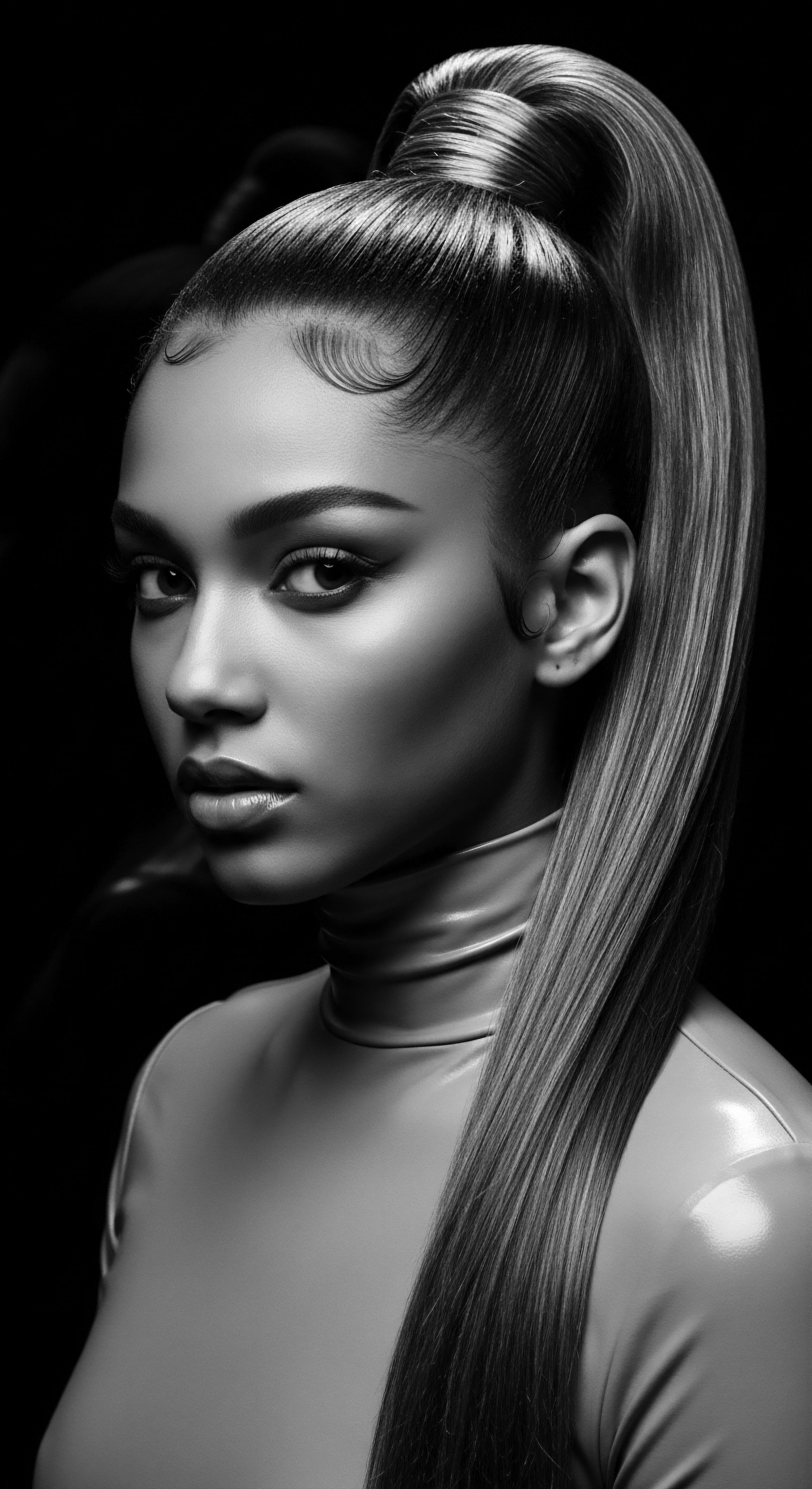
What defines textured hair’s structure?
Textured hair's structure is defined by its elliptical follicle and varied keratin, a biological legacy deeply woven with ancestral care and identity.

